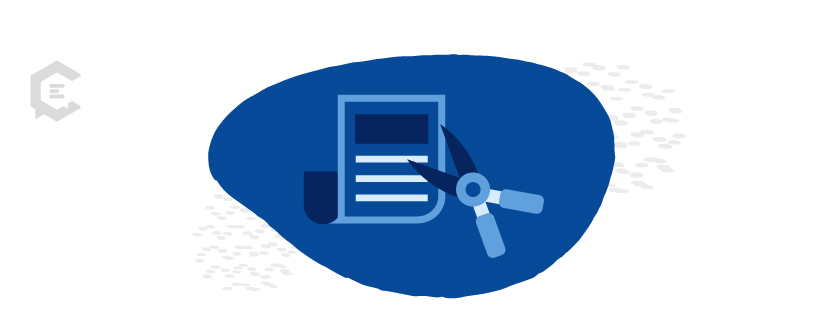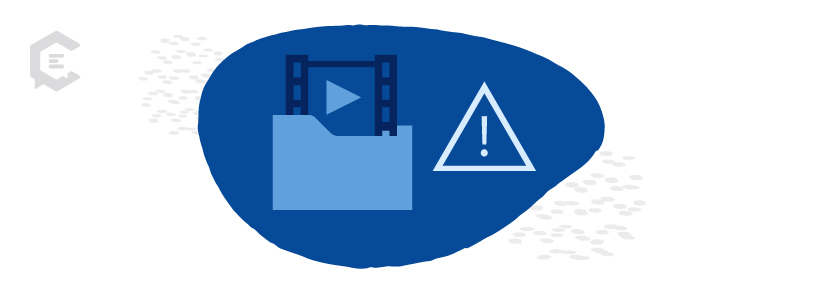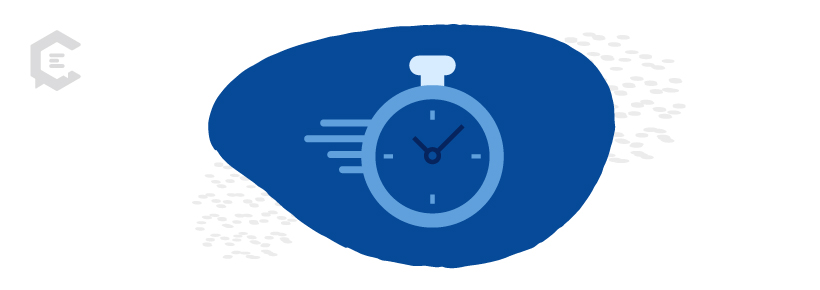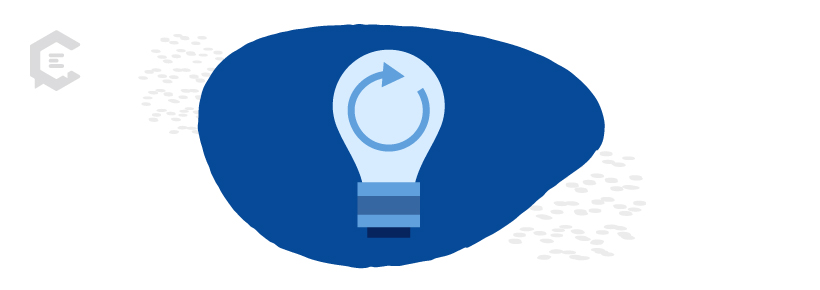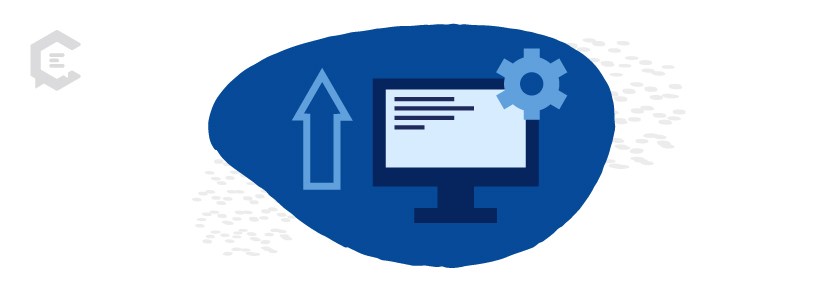It’s easy to see when a garden is overgrown. It’s a little harder when it’s a website.
If you’ve been creating content for a while, there’s a good chance some of it’s outdated. From outdated statistics to shifts in brand voice to spotlights on former team members, the signs are clear: your “content garden” needs pruning.
In this guide, we show you what content pruning is all about and why it’s important. Then we’ll break down how to choose which content to refresh, rewrite, and cut.
Let’s get out the shears.
Content Pruning in SEO
Content pruning is the process of removing low-performing content that’s negatively affecting your website’s search engine ranking. It typically involves taking down web pages that contain outdated information or don’t get enough traffic.
The goal is to improve the overall health of your website by providing only highly relevant content with rich and updated information. Doing so will, in turn, have a positive effect on your search engine optimization (SEO) efforts.
In some cases, you may also choose other content optimization methods. For example, a content refresh or a rewrite instead of completely removing the existing content. This would involve optimizing existing content with more updated information. You could also include additional content to improve the quality and increase its freshness.
Why Pruning Content is Important
There are several reasons to regularly prune their content:
- It improves the user experience: Pruning old content minimizes the risk of visitors chancing upon a page that’s no longer relevant and ensures that visitors always find the most updated information about your business. Plus, the user experience is boosted when all the pages on your site offer high-value content, making your audience want to stay for longer on your site.
- It helps your SEO efforts: The enhanced experience from your content optimization efforts will help to reduce bounce rates and improve time on site. Both of these factors play into your search engine ranking. Moreover, content freshness is an important factor for ranking your content in relevant search results.
- It improves overall website quality: With brand identity becoming synonymous with digital presence, your website speaks volumes about your brand’s credibility. With content pruning, you can ensure that your website contains high-quality information that’s relevant, credible, and up-to-date.
How Often You Should Update Old Content
The short answer? As often and as consistently as possible.
A lot of companies subscribe to a one major pruning session a year philosophy. But this isn’t always enough. Instead, you need to make it a regular part of your content optimization efforts.
Ideally, you want to aim for a quarterly content audit. But, it also depends on the scale of your website. If your website is massive (containing thousands of pages), you want to regularly prune every two or three months. If you have a mid-scale website, you can do it quarterly. And smaller websites can get away with it twice a year.
What to prune
Brands typically need to prune content that’s no longer relevant to the business. Start with pages on your site for services or products you no longer provide (if applicable). You should also remove pages containing information about past events and old announcements that no one will pay attention to anymore.
As for blog posts and other resource-type content, you’ll need to remove any page discussing topics that are no longer relevant to your industry. For example, a blog post about the Vine app no longer makes sense in the marketplace since that app has long been obsolete. Also, see if there’s a topic you’ve written multiple content pieces about, and consider removing the weakest posts.
Pro Tip: Don’t forget to redirect visitors to a new page that contains relevant information. You don’t want to ruin the user experience by having visitors land on a non-existent page.
When to Refresh Content Instead
Sometimes, you may come across a page that’s performing really well but has information that’s outdated. Other times, you might notice that a page has the potential to perform even better with some changes and updates. In these cases, all you need is a content refresh.
That can involve:
- Updating links
- Adding new information
- Enriching it with new media content
- Optimizing it with more relevant keywords
- Replacing outdated info with the latest updates
For example, maybe you’ve written a high-quality post about market trends for the past year. When the next year rolls around, you can go through and tweak it to reflect the new trends that are evolving while keeping the SEO and value of the current post. In some cases, simply adding relevant keywords to the content or updating it with supporting imagery can do the trick.
Level Up Your Content Optimization
The most effective content strategies don’t just focus on creating new content. They acknowledge the value of optimizing existing ones. Integrating the right content optimization techniques into your overall strategy can maximize the impact of your efforts. And sometimes, the most cost-effective way to do this is through outsourcing.
At ClearVoice, we have over a decade of experience elevating brand’s content to drive their success. Connect with us today to see how we can help.
